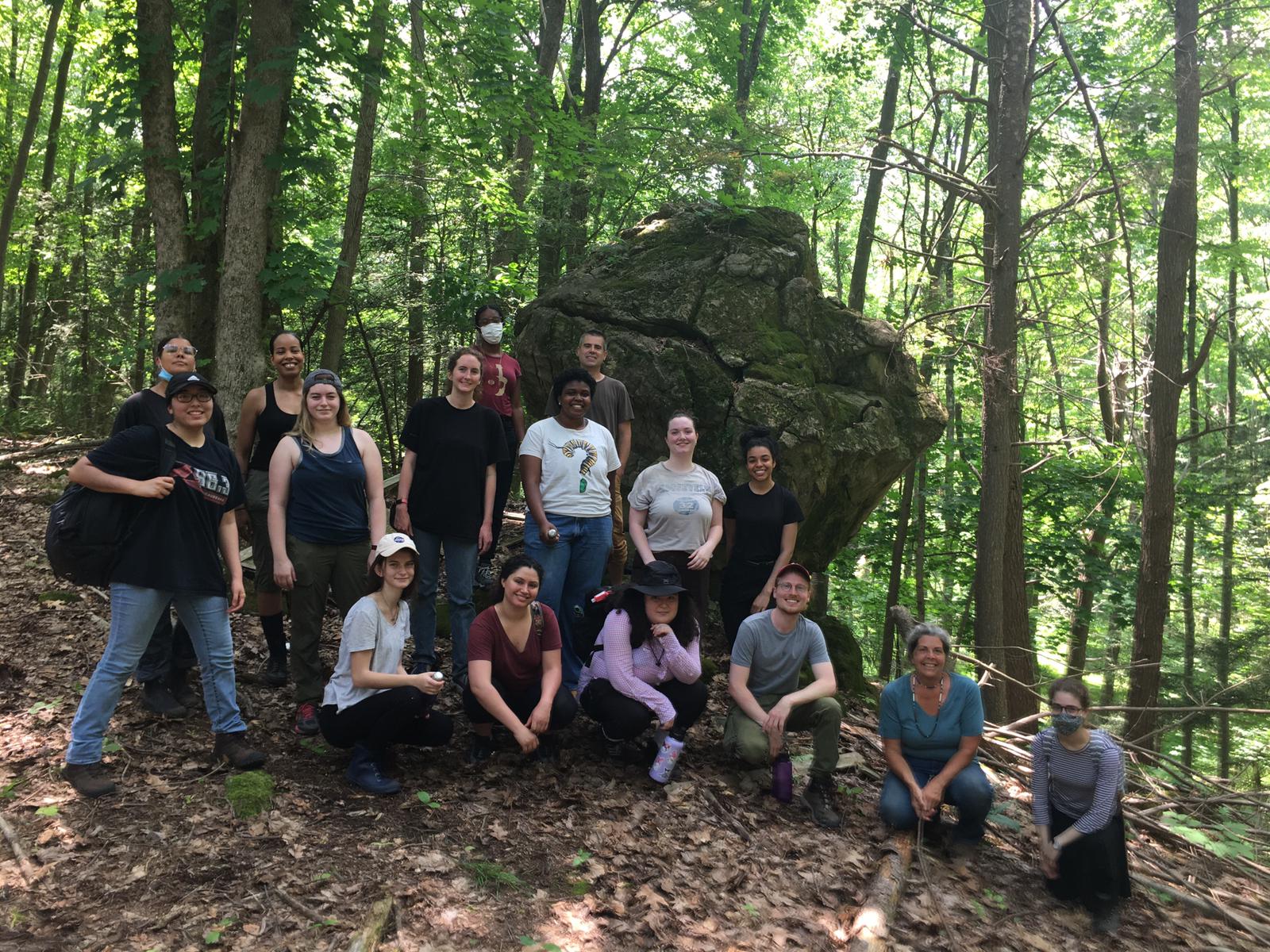Join the Native American and Indigenous Studies Initiative (NAISI) for the final Faculty Brown Bag of the semester with NAISI-affiliated Mellon Postdoctoral Fellow Eric Johnson. After decades of skepticism, new data indicates that Indigenous stone constructions are an important feature of Native Northeastern cultural landscape heritage. However, preservation efforts are often confounded by the ubiquity of colonial-era stonework in the region, an epistemic ambiguity fraught with the political stakes of settler colonialism. This project examines settler-state criteria for “recognizing” Indigenous stone landscape features (from all time periods) and proposes an innovative approach to identifying, contextualizing, and preserving these features in northern New Jersey. Methods include a regional landscape survey and a re-examination of the ethnohistoric archive of New Netherland. Project goals, methods, and cultural protocols are currently being developed in collaboration with representatives of the Ramapough Lenape Nation, a state-recognized tribe of New Jersey. As a non-Indigenous archaeologist, Eric invites an open-ended discussion of the possibilities and problems of this work-in-progress, including questions of community-engaged research with the ultimate goal of preservation.
Eric Johnson is Mellon Postdoctoral Fellow in Native American and Indigenous Art and Architecture in the Department of History of Art and Architecture and the Native American and Indigenous Studies Initiative and the Cogut Institute for the Humanities. He earned his Ph.D. in anthropology from Harvard University in 2021. His research combines archaeological and historical methods to examine intersecting effects of colonialism and capitalism in North America, specifically northern New Jersey. His current book project, “An Archaeology of Settler Capitalism: Appropriating and Industrializing Wampum Manufacture in New Jersey (1770–1900),” exposes the entwined nature of capitalist and settler ideologies through the untold story of Euro-American settlers who produced Indigenous shell beads for export to the fur trade. He has begun a new project examining potential stone landscape features of the Northeast that are not currently recognized by state agencies as Indigenous heritage. Combining landscape surveys, mapping, and re-reading the colonial archive of New Netherland, this project seeks to survey, contextualize, and ultimately preserve at-risk sites while interrogating settler-state criteria for recognizing Indigenous architectural heritage.
Lunch will be served!

